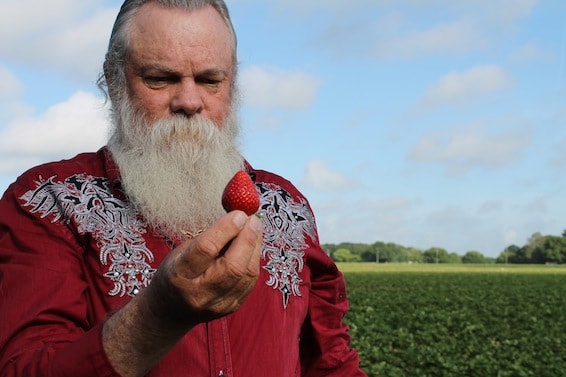
Carl Grooms, president of Fancy Farms, says there are only two things a grower can know for sure about each strawberry season: There’s a start, and there’s an end.
Every season is unique because of factors such as weather, expenses, and supply and demand. And within any given year, different growers around Plant City can have varying levels of success.
Fortunately for Grooms, Fancy Farms was relatively successful this season.
“In comparison to the past four years, this would be considered a better year,” he said.
Kenneth Parker, executive director of the Florida Strawberry Growers Association, said the biggest challenge this year was weather-related — but not on a local level.
“Our biggest hurdle was the Northeast receiving such heavy snow and ice, that it affected our ability to deliver strawberries,” Parker said. “They weren’t really concerned about getting strawberries as much as they were concerned about shoveling out the ice and snow.”
Plant City growers who capitalized on their berries early in the season, before the heavy winter weather, tended to have more success this year than those whose plants didn’t produce until later.
Locally, it was a mild season. Grooms said he had to “crank up the irrigation” just once to protect the crops.
In recent years, some growers have not been able to bring in as much money as they have needed. As a result, the acreage of berries around Plant City declined this year by 1,000 acres. It was the first time in the last 50 years that this happened.
“It looks as though there’ll be another decline this coming season, maybe not as extensive of that,” Grooms said.
He said the rate of acreage decline largely depends on the availability of steady and reliable laborers.
The variety that seemed to dominate the Florida market this season was Radiance. It is a large, sweet berry that fruits early and is easy to pick off of the bush. A downside, however, is that it is highly susceptible to the pathogen Phytophthora, which stunts growth and causes bitter fruit.
But a new variety was introduced this year that Grooms and Parker expect to become dominant next year and possibly beyond: 127, also known as “Sweet Sensation.” It was developed and patented by the University of Florida.
“Our consumers want a variety that tastes good with a little bit better shelf life, and certainly 127 fills both of those needs very well,” Parker said.
At the end of the strawberry season, berry plants are killed with an herbicide so they are easier to remove from fields. Many of Plant City’s growers have killed this year’s plants. Some growers grow vegetables through the summer, but others don’t return to the fields until next strawberry season.
“I think the … desire for people to eat strawberries has never been higher,” Parker said.
Contact Catherine Sinclair at csinclair@plantcityobserver.com.
